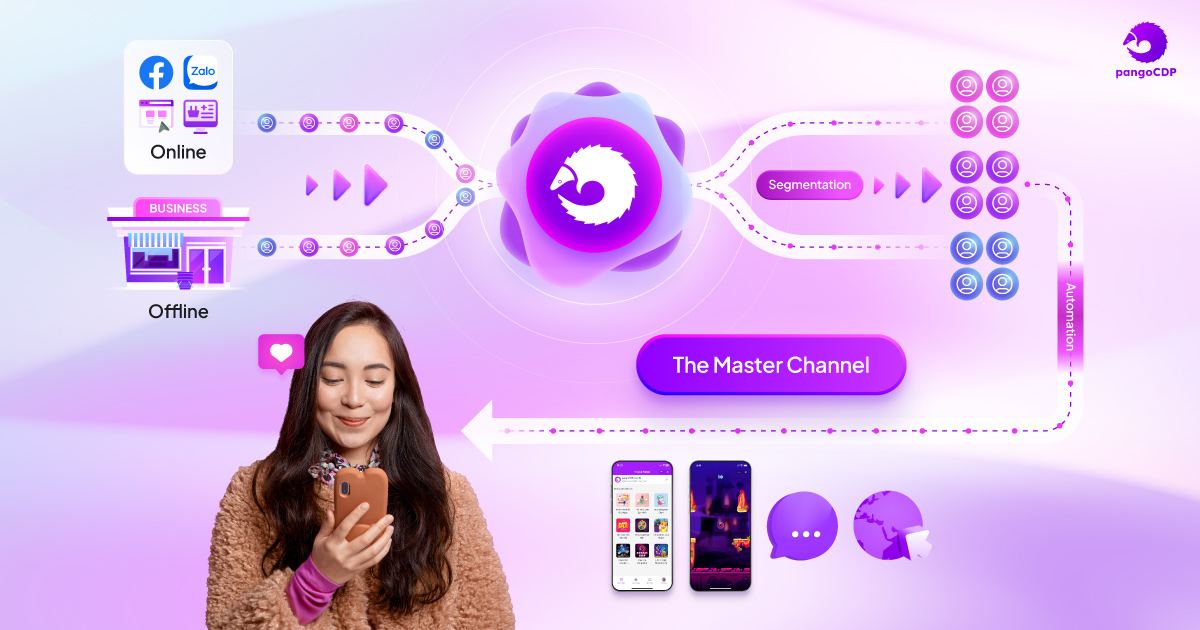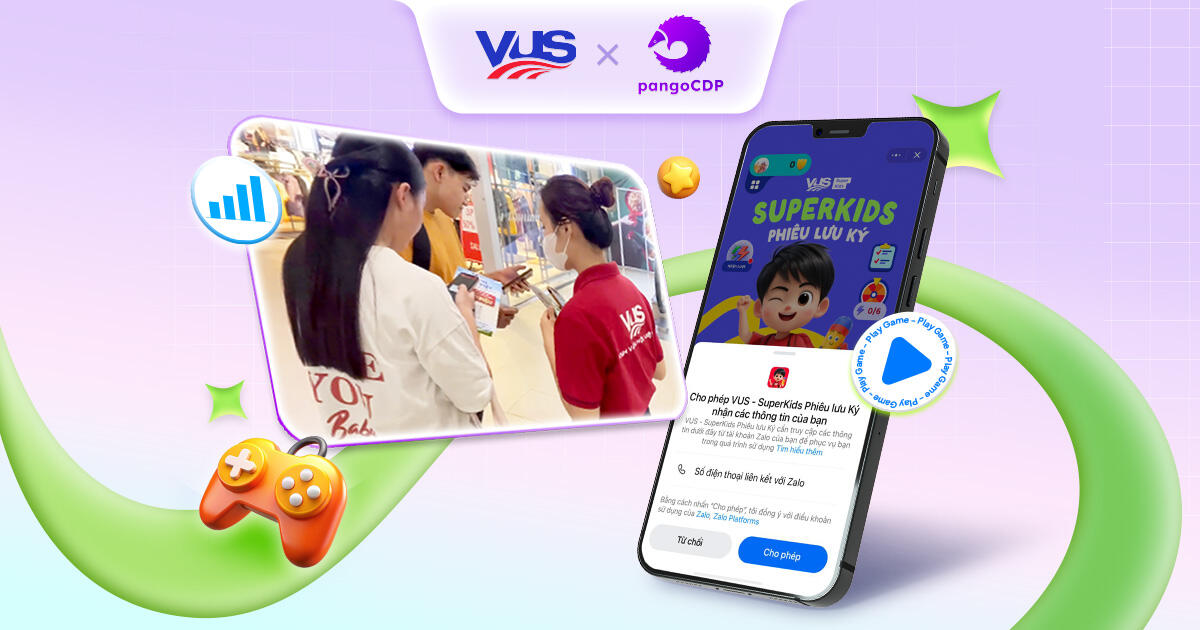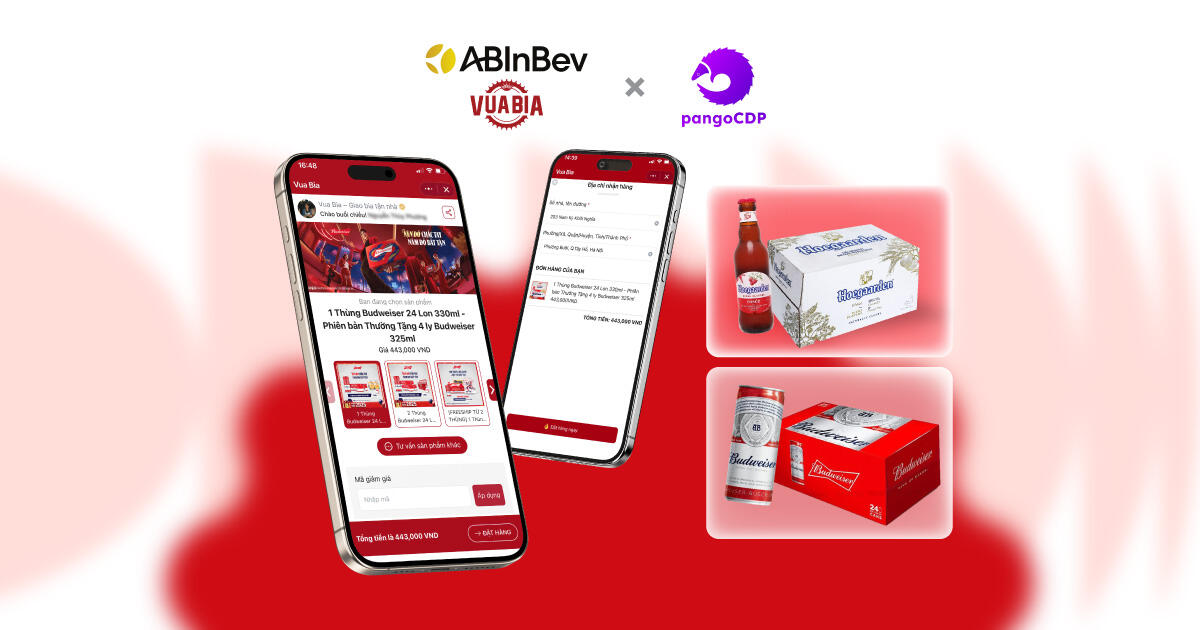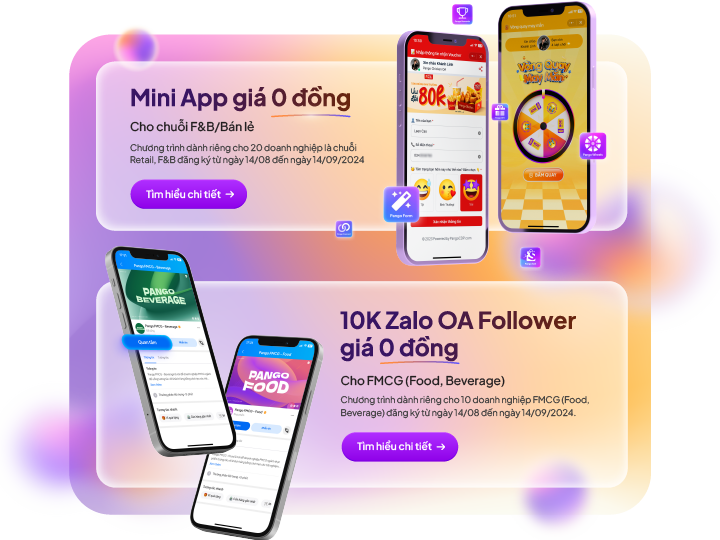What is a Customer Data Platform (CDP)?
The term Customer Data Platform, or CDP, was coined by David Raab in 2013. By 2018, this term had gained widespread acceptance and use, particularly in the marketing technology industries.

Currently and in the coming years, Customer Data Platforms (CDPs) are not only crucial for businesses in Vietnam but also for companies worldwide. The data issues and challenges outlined below are all effectively addressed through the robust capabilities of this platform.
With the increasing scale and scope of personalized marketing campaigns, businesses recognize the value of aggregating customer data from multiple sources and using it to create better customer experiences.
The Customer Data Platform (CDP) has become the “backbone” for unifying and identifying customers’ data, enabling businesses to deliver highly contextual and immediate value to customers without waiting for complex integration processes. CDP grants businesses complete control over customer experience and digital marketing.
CDP Segmentation
CDPs Focused on Online Journeys
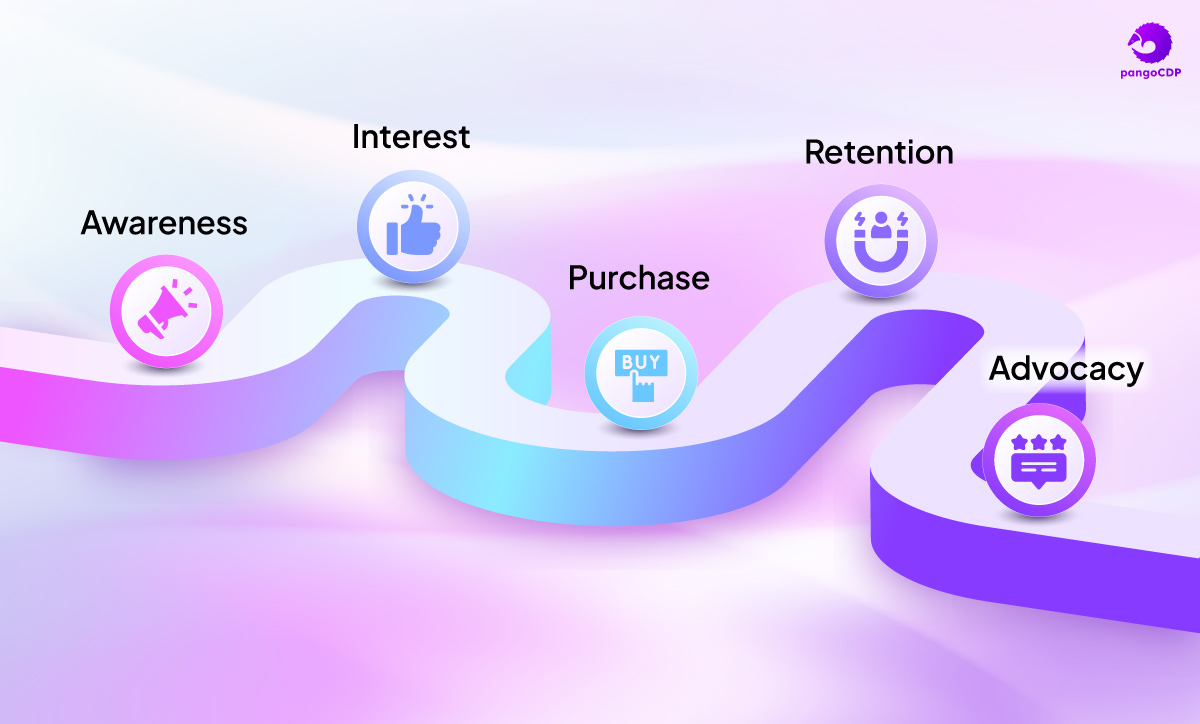
CDPs focusing on online journeys address challenges related to how customers interact with websites or mobile apps. This feature is crucial for businesses with a huge volume of users visiting their websites or mobile apps, aiming to improve conversion rates from page views or app interactions to purchases or service usage.
Online journey-oriented CDPs primarily track user behavior on websites or apps, using data and behavioral analytics technology to determine the next interaction with the user. For example, if a user performs a specific action on the website or app, the system can automatically display a pop-up or an in-app notification. If the user continues to engage, meaning they take additional actions, then the goal of encouraging them to make a purchase or use a service becomes more attainable. This system optimizes the user experience and increases the chances of converting visitors to actual customers.
Online journey-focused CDPs typically serve businesses with high online traffic or mobile apps usage. These businesses are particularly interested in improving the user journey to optimize conversion rates.
In the Vietnamese market, customers of this group typically include:
- Retail businesses with E-commerce websites
CDP helps businesses track shopping behavior to interact more intelligently with customers by suggesting products, promoting purchases through advertising, or personalized messaging.
- Banks with high mobile app users
CDP tracks user behavior on mobile apps to optimize transactions and enhance user experience by personalizing displayed information and offering better services based on user behavior.
- Travel and hotel booking service providers
CDP helps businesses better understand user behavior when searching, comparing, and booking services…, allowing for personalized booking processes and additional product/service recommendations to increase conversion opportunities.
These businesses need CDP to gain better insights into customer behavior and interactions, thereby optimizing the experience to enhance conversion rates and build long-term customer relationships.
CDPs Focused on Data Analysis

The data analysis-oriented CDP aims to connect, unify, and transform fragmented customer data from various systems within the business to create comprehensive customer profiles, including cleaning, standardizing and eliminating duplicate data while addressing customer identification issues. The unified data helps businesses develop specific strategies, combined with other activation tools, to implement marketing campaigns, automation, or customer interaction management. This system optimizes the use of information and enhances the performance of customer interaction campaigns.
This type of CDP only provides comprehensive customer information for businesses to guide and strategize but does not directly execute marketing campaigns based on the available data. This group typically engages with IT departments, digital transformation teams, or large e-commerce teams.
The comprehensive customer data aggregated by the CDP can be stored in two ways:
- Direct Storage in CDP: This type of CDP not only organizes and manages data but also functions as a data storage system, capable of processing and computing within the system.
- Cloud Data Warehouse Storage: Alternatively, customer data is stored in the business’s cloud data warehouse. In this case, the CDP does not serve as the direct data storage but acts as a connection software, allowing access and interaction with the data in the cloud warehouse.
As of 2023, CDPs developed in this direction are quite common globally, but relatively rare in Vietnam, possibly due to Vietnamese businesses not being data-ready.
CDPs Focused on Customer Interaction

This group of CDPs focuses on automating interactions with identified customers, for example, interacting with customers via email, messages, or OTT systems such as Zalo, Facebook Messenger, etc., after aggregating and analyzing customer behaviors.
Customer Interaction-focused CDP group emphasizes “customer experience,” “multi-channel management,” and building a “main interaction channel.” These CDPs typically come with solutions provided by the developer, optimizing and automating customer interaction. Features include data segmentation, message orchestration at all stages of the customer journey, personalization, automated marketing campaign management, real-time interaction, suitable product recommendations, and more.
This type of CDP group serves as a powerful toolkit for high-performance marketing campaigns by enriching customer experience across various channels and touchpoints. They not only unify and transform data but also to directly implement data-driven marketing campaigns on all customer interaction channels.
At first glance, these features may resemble CRM systems, but their personalization capabilities are significantly stronger, based on the comprehensive database provided by the CDP.
In a developing country like Vietnam, with a majority of small and medium-sized businesses, integrating both online and offline shopping environments, and aiming to optimize customer experiences, customer interaction-focused CDPs easily demonstrate their strengths.
Even businesses with large website traffic, such as CellphoneS, which ranks among the top two mobile retail websites in Vietnam with approximately 18 million monthly visits (according to similarweb.com), not including traffic from large product review channels on YouTube such as Schannel, despite strong online development, still derive most of their sales from offline stores. Therefore, they have shifted from online journey-focused CDPs to customer interaction-focused CDPs over the past three years to optimize customer interactions across all touchpoints, both online and offline.
From this analysis, it is evident that the majority of businesses in Vietnam will need customer interaction-focused CDPs. This is a crucial tool in the digitization strategy of customer interaction channels for Vietnamese businesses, creating a competitive advantage by prioritizing the establishment and maintenance of diverse customer relationships.
The next part of this chapter will help readers understand more about the Customer Data Platform (CDP), also known as the customer data platform. The primary role of the CDP is to aggregate all digitized data from customer interactions.
The content belongs to Main Interaction Channel-The Master Channel’s, Volume 2.
If you are a business owner, marketer, digital transformation department, or post-sales service, this book series will provide different perspectives and high applicability for industries such as FMCG (fast-moving consumer goods), retail chains, F&B, services, manufacturing, and distribution.
The book series is now available at Fahasa, Phuong Nam, Hai An, Ca Chep, Minh Khai bookstores, 24h book stalls, and e-commerce platforms Tiki, Shopee, Tiktok Shop, or you can quickly order the book here!

